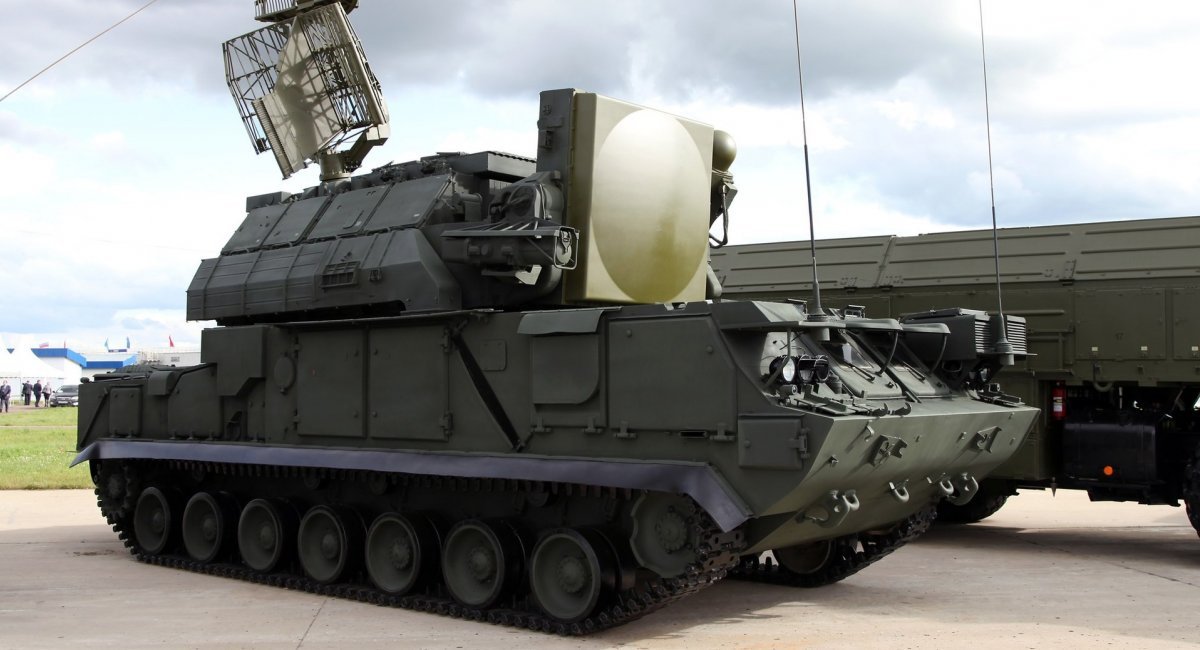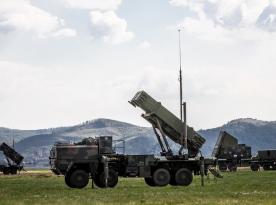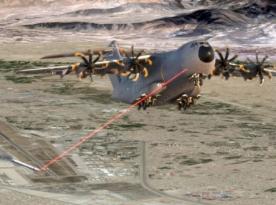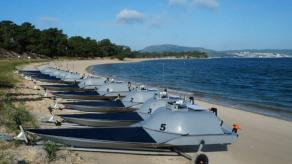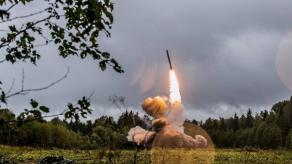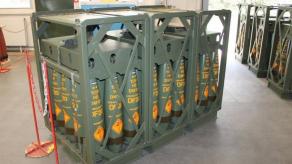iran’s air defense (based mostly on russian-made systems and domestic designs) completely failed to repel the strike on three nuclear facilities carried out by the United States during the night of June 22, as part of Operation Midnight Hammer. The strike reportedly involved around 30 Tomahawk cruise missiles launched from an Ohio-class submarine.
While Israel played a role in suppressing iran’s air defenses ahead of the strike, a report by Breaking Defense offers a deeper look at the defenses around Iran’s Natanz nuclear facility. Most importantly, it highlights a fundamental weakness in the iranian air defense system at that location.
Read more: U.S. Hits iranian Nuclear Sites with 14 GBU-57 Bombs: How Many Are in Stock, and How Fast Are They Made?
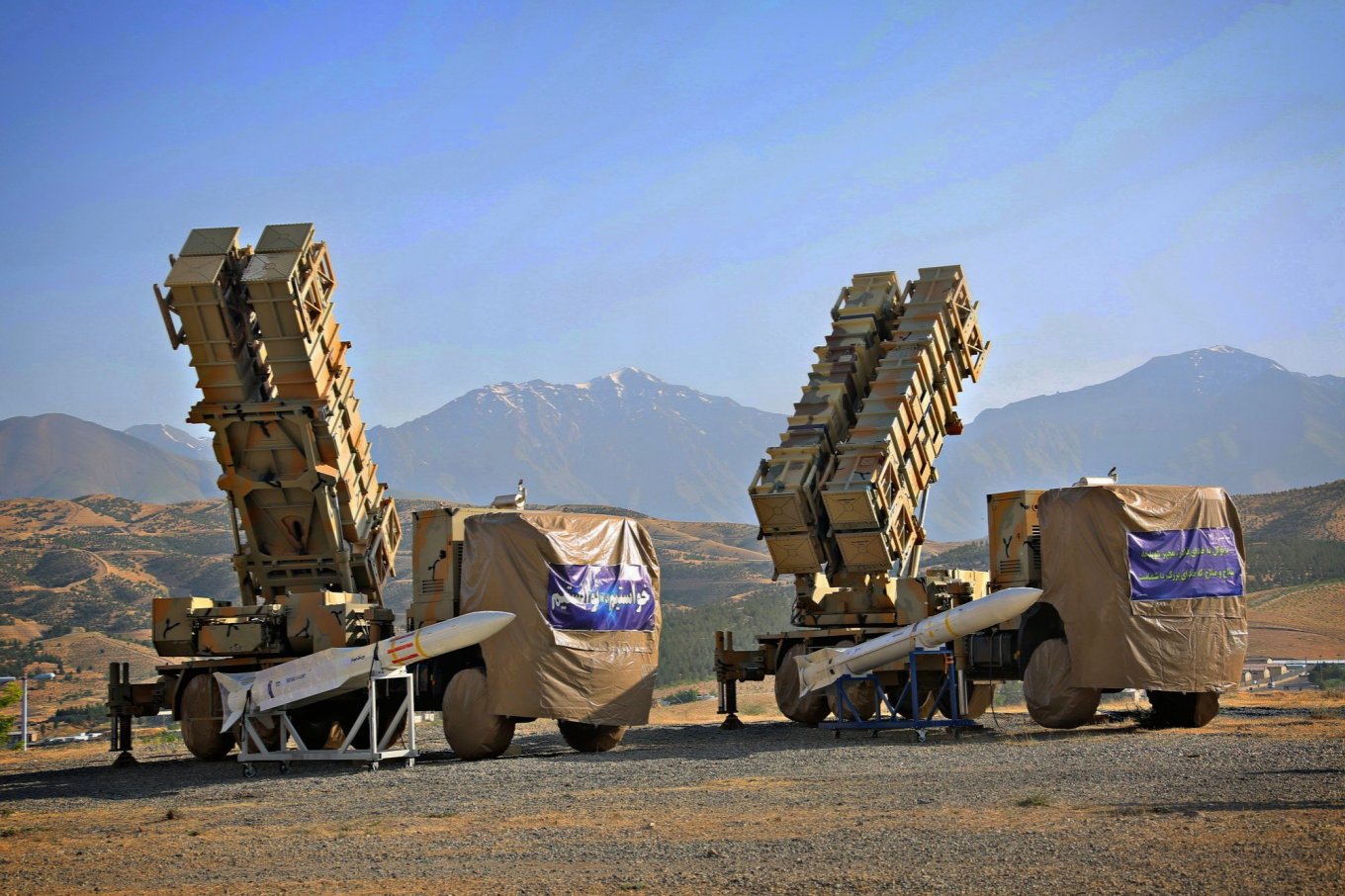
According to satellite imagery from April 2025, iranian forces deployed at least two russian Tor surface-to-air missile launchers and four iranian-made Khordad-15 air defense systems. The radar coverage included four Najm 804 systems and two copies of the Soviet-era P-12 Yenisei radar.
The most revealing detail came from the James Martin Center for Nonproliferation Studies, which obtained a two-second video from inside an iranian command center. This short clip helped analysts identify both the surface-to-air missile systems and the radars in use. It showed four radar feeds being displayed across three separate screens.
While this setup might be dismissed as an attempt to obscure reality, analysts concluded it likely points to a deeper issue. iran’s air defense systems, at least at this site, appear to lack proper data integration and operate in a disjointed and non-networked manner.
Despite the failure of iran’s air defenses, it is worth noting that the United States deliberately chose not to conduct broader strikes on iranian territory, nor did it allow Israel to escalate further. This restraint applied not only to nuclear facilities but also to other strategic targets.
Read more: Hardest Target Yet: What Weapon Struck iranian Nuclear Sites in Isfahan




